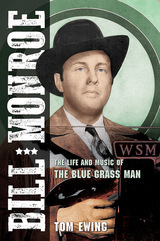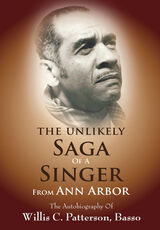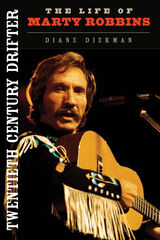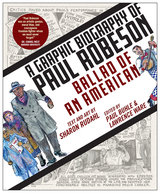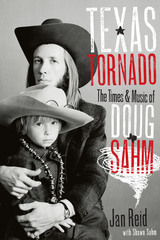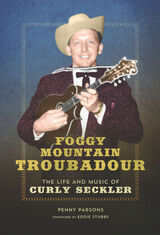Roy Orbison: Invention Of An Alternative Rock Masculinity
Temple University Press, 2003
eISBN: 978-1-4399-0389-6 | Cloth: 978-1-59213-036-8 | Paper: 978-1-59213-037-5
Library of Congress Classification ML420.O78L44 2003
Dewey Decimal Classification 782.42166092
eISBN: 978-1-4399-0389-6 | Cloth: 978-1-59213-036-8 | Paper: 978-1-59213-037-5
Library of Congress Classification ML420.O78L44 2003
Dewey Decimal Classification 782.42166092
ABOUT THIS BOOK | AUTHOR BIOGRAPHY | REVIEWS | TOC | REQUEST ACCESSIBLE FILE
ABOUT THIS BOOK
Roy Orbison's music—whether heard in his own recordings or in cover versions of his songs—is a significant part of contemporary American culture despite the fact that he died almost a generation ago. Few of today's listeners know or remember how startlingly unique he seemed at the height of his career in the early 1960s. In this book, Peter Lehman looks at the long span of Orbison's career and probes into the uniqueness of his songs, singing, and performance style, arguing that singer/songwriters no less than filmmakers can be considered as auteurs.Unlike other pop stars, Orbison was a constant presence on the Top 40, but virtually invisible in the media during his heyday. Ignoring the conventions of pop music, he wrote complex songs and sang them with a startling vocal range and power. Wearing black clothes and glasses and standing motionless on stage, he rejected the macho self confidence and strutting that characterized the male rockers of his time. He sang about a man lost in a world of loneliness and fear, one who cried in the dark or escaped into a dream world, the only place his desires could be fulfilled. This was a man who reveled in passivity, pain, and loss.Lehman traces Orbison's development of this alternative masculinity and the use of his music in films by Wim Wenders and David Lynch. Widely admired by fellow musicians from Elvis to Jagger, Springsteen and Bono, Orbison still attracts new listeners. As a devoted fan and insightful scholar, Lehman gives us a fascinating account of "the greatest white singer on the planet," and a new approach to understanding individual singer/songwriters.
See other books on: Criticism and interpretation | Gender Studies | Invention | Lehman, Peter | Rock music
See other titles from Temple University Press










